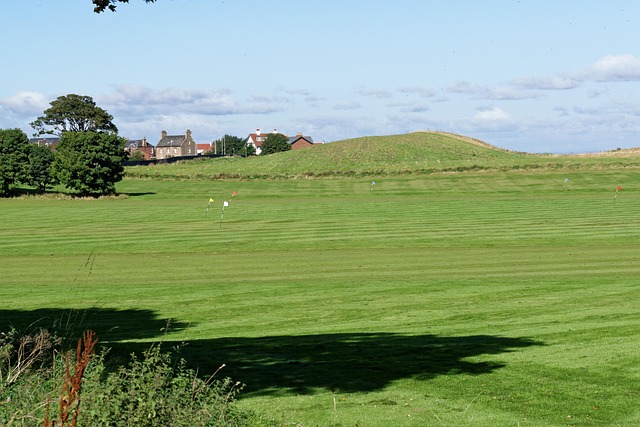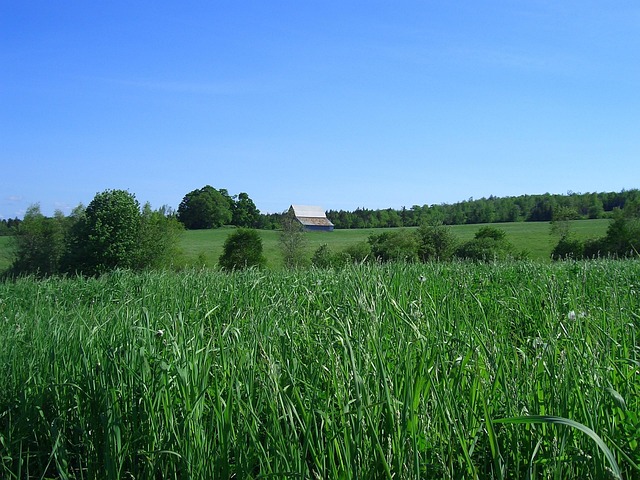Sustainable construction in real estate is becoming mandatory due to stringent environmental regulations, offering significant financial benefits like reduced operational costs and enhanced property values. Eco-friendly practices, driven by certifications like LEED and BREEAM, appeal to environmentally conscious consumers and provide a competitive edge. The industry must transition from traditional methods to sustainable strategies including green materials and renewable energy systems to meet legal requirements and maintain long-term viability.
In today’s digital era, sustainable construction is not just a trend but a necessity. As real estate developments continue to shape our landscapes, understanding and adhering to sustainable practices become paramount. This article explores the intersection of sustainable construction and real estate regulations. We’ll delve into key principles guiding eco-friendly buildings, analyze industry regulatory frameworks, and discuss how construction practices can be aligned with stringent environmental standards.
Understanding Sustainable Construction Principles in Real Estate

In the realm of real estate, sustainable construction is no longer a trend but a necessity. By embracing principles that promote environmental stewardship, energy efficiency, and resource conservation, developers and investors are not only contributing to a greener planet but also enhancing property values and long-term profitability. Sustainable construction aligns with regulations aimed at reducing carbon footprints and mitigating the impacts of climate change. These practices include the use of eco-friendly materials, efficient water management systems, and innovative design strategies that maximize natural light and ventilation.
Real Estate professionals are increasingly recognizing the benefits of sustainable construction. Not only do these methods reduce operational costs for tenants and owners alike, but they also appeal to environmentally conscious buyers and renters. As regulations evolve to prioritize sustainability, staying ahead of the curve by incorporating eco-friendly practices into projects can provide a competitive edge in the market. This forward-thinking approach not only benefits the environment but also ensures long-term success in the ever-changing real estate landscape.
Regulatory Frameworks for Eco-Friendly Buildings in the Industry

The construction industry is undergoing a significant transformation as regulatory frameworks evolve to prioritize sustainability and eco-friendly practices. These regulations are driving change across the globe, encouraging developers, architects, and contractors to adopt more environmentally conscious approaches in real estate projects. Many countries have implemented strict building codes and standards that promote energy efficiency, water conservation, and the use of sustainable materials.
For instance, green building certifications like LEED (Leadership in Energy and Environmental Design) or BREEAM (Building Research Establishment Environmental Assessment Method) have become benchmarks for eco-friendly construction. These frameworks provide a structured approach to designing and constructing buildings that minimize their environmental impact. By adhering to these regulations and obtaining such certifications, real estate developers can ensure their projects meet sustainability goals while appealing to environmentally conscious buyers and tenants.
Aligning Construction Practices with Environmental Standards

In the realm of real estate, sustainable construction is no longer a trend but a necessity. Environmental standards and regulations are becoming increasingly stringent, urging developers and builders to align their practices with ecological considerations. This shift demands a profound transformation in how we approach construction, moving away from traditional methods that often compromise the environment. By embracing sustainable practices, the industry can ensure long-term viability while mitigating its environmental footprint.
Regulations play a pivotal role in steering the real estate sector towards sustainability. They mandate the use of eco-friendly materials, efficient energy systems, and water conservation measures. Developers must adhere to these guidelines, not just to meet legal obligations but also to attract environmentally conscious investors and tenants. Integrating renewable energy sources, implementing green building designs, and adopting circular economy principles are some strategies that can significantly contribute to sustainable construction, ensuring a healthier planet for future generations.






